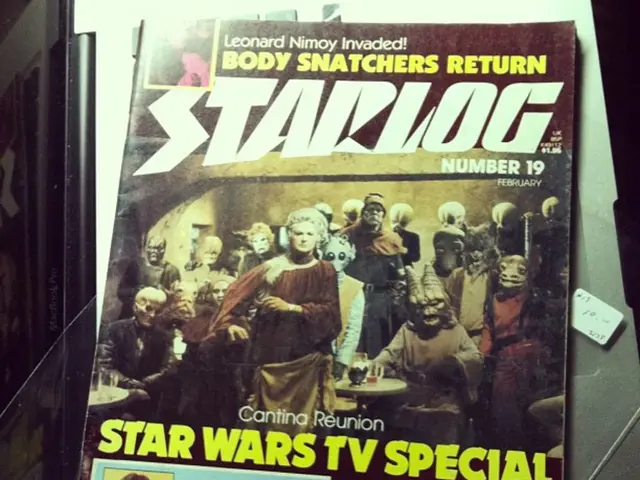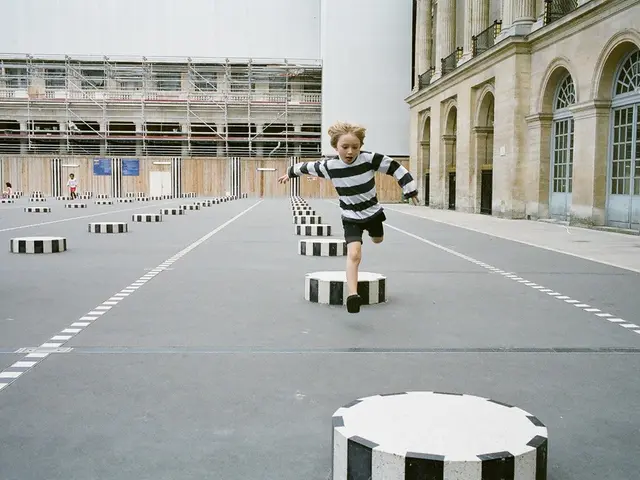In Estonia, the timeless tragedy "Romeo and Juliet" was performed with an unusual twist, featuring excavators on the stage.
In an innovative twist, the Estonian theater group Kinoteater staged a nearly wordless version of Romeo and Juliet in a quarry near Rummu. Instead of traditional actors, heavy machinery such as excavators, trucks, and buses took center stage.
The production was set in a limestone quarry, providing a stark contrast to the delicate themes of love and poetry in Shakespeare’s play. A modified rally truck, MAN, embodied Romeo, while a red Ford pickup truck, Ford Ranger, played Juliet. Other vehicles represented the feuding families Motoretti and Carburetti (Montagues and Capulets).
Key scenes were interpreted through vehicle movements and interactions. Mechanical arms of excavators mimicked sword fights, while "kissing" trucks evoked romance. The performance relied heavily on choreography, special effects, and music, including pieces from previous Romeo and Juliet adaptations, to convey mood and narrative without words. Fireworks and carefully orchestrated vehicle movements created an emotional and visually striking experience, transforming the quarry into a dynamic stage.
Co-director Paavo Piik described the project as a bold experiment exploring how Shakespeare’s emotions could be conveyed through machines rather than human actors. Despite the unusual "cast," the performance successfully captured the sweetness and tenderness of the love story.
In a surprising finale, the truck MAN took "AI-92" as poison instead of "diesel," symbolizing Romeo's tragic end.
This innovative approach challenged traditional theater norms by merging industrial machinery and poetic storytelling in a physical and visual spectacle. The staging of "Romeo and Juliet" in Estonia was unique due to its unconventional setting and methods, offering a fresh take on a classic play.
The production of "Romeo and Juliet" in the Estonian quarry transformed the machines into the heart of the entertainment, embodying the characters and portraying the key scenes through their movements. The unconventional performance successfully conveyed the emotional and tender love story, challenging traditional theater norms with its unique blending of industrial machinery and poetic storytelling.







